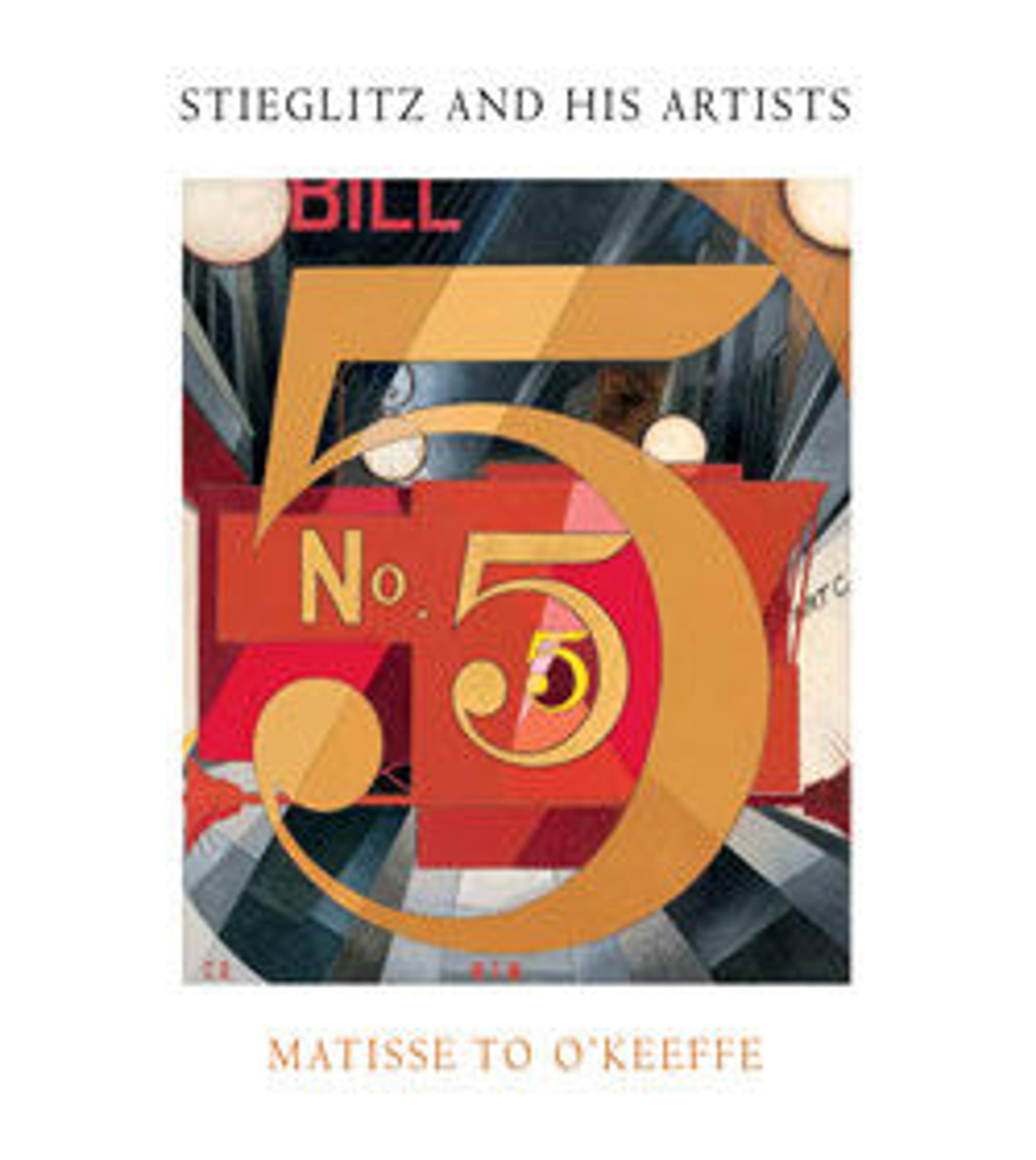Still Life with Bottle and a Pot of Hyacinths
This large pastel drawing was probably intended as an independent work of art rather than a study preparatory to a painting. It is distinguished by its high level of finish and representational style. Picasso told a Swedish journalist in 1915 that German connoisseurs were partial to his more naturalistic work, and he may have made drawings like this to attract them. German dealers active in Paris, including Alfred Flechtheim, Daniel-Henry Kahnweiler, Heinrich Thannhauser, and Wilhelm Uhde, were among his most important agents. This drawing was first shown in an influential exhibition in Munich in 1913. Two years later, the American photographer and art dealer Alfred Stiegltiz included the work in an exhibition at his New York gallery, 291. He acquired the picture for himself as a result of a default on a loan.
Artwork Details
- Title:Still Life with Bottle and a Pot of Hyacinths
- Artist:Pablo Picasso (Spanish, Malaga 1881–1973 Mougins, France)
- Date:1909
- Medium:Pastel on paper
- Dimensions:24 7/8 x 19 1/8 in. (63.2 x 48.6 cm)
- Classification:Drawings
- Credit Line:Alfred Stieglitz Collection, 1949
- Object Number:49.70.30
- Rights and Reproduction:© 2025 Estate of Pablo Picasso / Artists Rights Society (ARS), New York
- Curatorial Department: Modern and Contemporary Art
More Artwork
Research Resources
The Met provides unparalleled resources for research and welcomes an international community of students and scholars. The Met's Open Access API is where creators and researchers can connect to the The Met collection. Open Access data and public domain images are available for unrestricted commercial and noncommercial use without permission or fee.
To request images under copyright and other restrictions, please use this Image Request form.
Feedback
We continue to research and examine historical and cultural context for objects in The Met collection. If you have comments or questions about this object record, please contact us using the form below. The Museum looks forward to receiving your comments.
